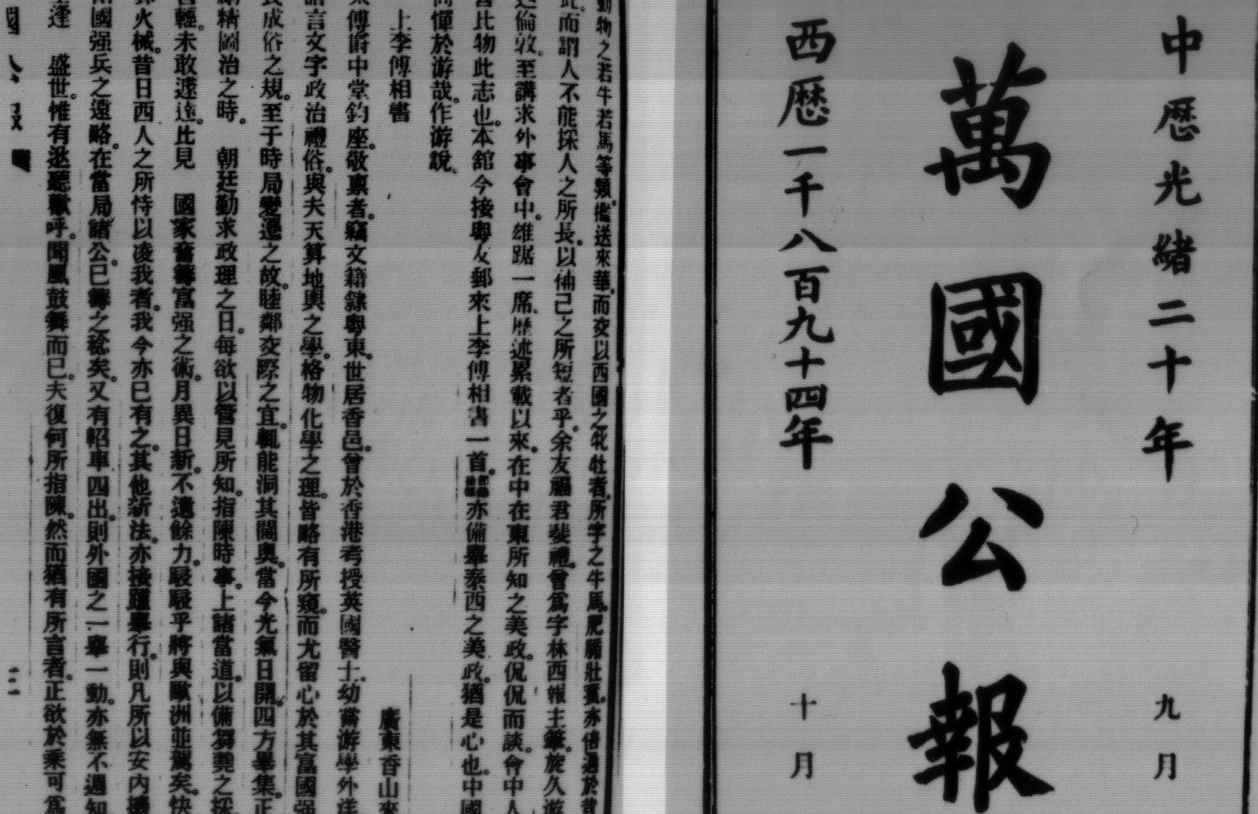Communication revolution steps up sociocultural changes

Multinational Communique, a famous religious weekly
The third Forum on China Studies from the Perspective of Communication was held at Liaoning University from July 2 to 4. From the perspective of the media and communication revolution, attending scholars engaged in an in-depth discussion on sociocultural changes from 1840 to 1949.
Huang Dan, a professor from the Journalism School at Fudan University, analyzed the practice and influence of the Su Bao newspaper under the management of Zhang Shizhao (1881-1973). Huang described it as the “first Party newspaper” that paved the way for future such publications.
Cheng Lihong, a professor from the School of Journalism and Communication at Liaoning University, said that society has undergone multiple communication revolutions that overthrew old social relation structures and shaped new ones. In terms of ideological culture, the various trends of thought mainly depended on media and communication revolutions, especially during the New Culture Movement, Cheng noted.
Jiang Jianguo, a professor from the School of Journalism and Communication at Jinan University in Guangzhou, explored the historical meaning of religious publications from the perspective of reading history. Jiang said the structure of knowledge of the late Qing Dynasty was largely changed by religious publications, including Chinese Monthly Magazine, the first Chinese-language magazine in the modern sense of the word, and Multinational Communique, a famous religious weekly.
The content of these publications changed from religion and technology to humanistic ideas, reflecting the improvement of Chinese readers’ awareness about Western knowledge, Jiang said.
The forum was jointly hosted by the Academic Monthly Press, the Research Center for Information and Communication at Fudan University and the School of Journalism and Communication at Liaoning University.
